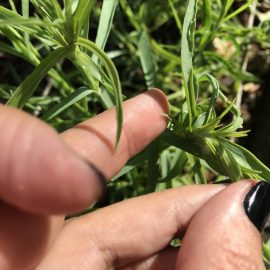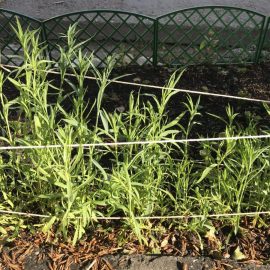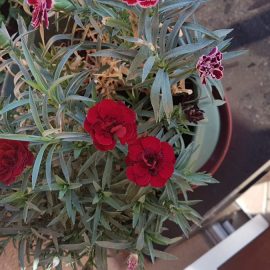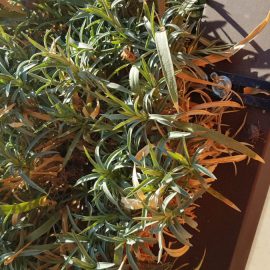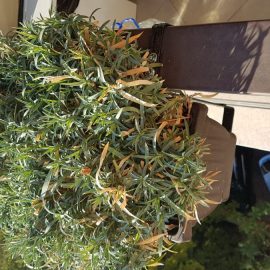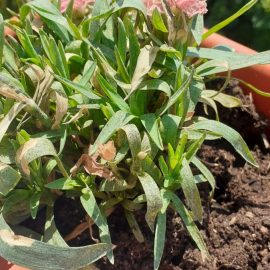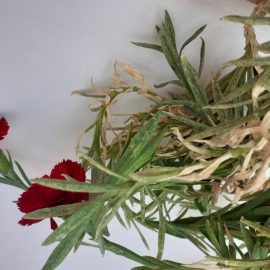Carnations, planting guide and care work
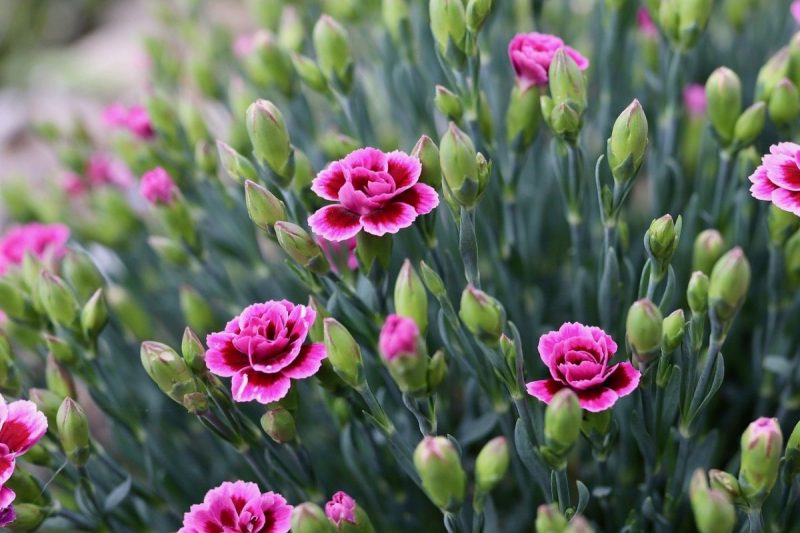
Carnations are herbaceous, flowering plants that are part of the genus Dianthus. Most species are herbaceous plants, some being annual or biennial. Carnations originate in the Mediterranean Basin and have been cultivated for about 2000 years. The name of the genus comes from ancient Greek, from the words “god” = divine and “anthhos” = flower. Carnation flowers are among the most sought-after flowers: they have both commercial and ornamental value. Carnations are suitable as sidewalk plants, in layers, in rock gardens, and even in pots. They exist in a variety of colors such as red, scarlet, orange, purple, yellow, pink, white, cream, etc. They have thin leaves, arranged on either side of the stem. Depending on the species, it blooms in spring, summer, or autumn. The flowers appear in bouquets, at the top of the stems. They have 5 petals, with serrated edges in most species.
Species and varieties
The best-known species of Carnations is Dianthus caryophyllus. Other cultivated species are Dianthus chinensis (Chinese carnation), Dianthus barbatus (sweet William), Dianthus alpinus, Dianthus japonicus, Dianthus superbus (the fringed pink).




Environmental conditions
Light. For carnations, light is a very important factor. For optimal growth and abundant flowering, they need at least 6 hours of sunshine a day.
Soil. Carnations withstand sandy and calcareous soils with a slightly alkaline pH. It prefers damp soil, not too wet, so watering should be done moderately. The soil must drain water well because excessive moisture leads to root rot and drying of the plants.
Fertilization
It is recommended to administer specific fertilizers for flowering plants, in liquid form or granules.
Recommended products
-
You can find products on a different store
Change Store -
You can find products on a different store
Change Store -
You can find products on a different store
Change Store -
You can find products on a different store
Change Store -
You can find products on a different store
Change Store -
You can find products on a different store
Change Store -
You can find products on a different store
Change Store -
You can find products on a different store
Change Store -
You can find products on a different store
Change Store -
You can find products on a different store
Change Store -
You can find products on a different store
Change Store -
You can find products on a different store
Change Store -
You can find products on a different store
Change Store -
You can find products on a different store
Change Store -
You can find products on a different store
Change Store -
You can find products on a different store
Change Store -
You can find products on a different store
Change Store -
You can find products on a different store
Change Store -
You can find products on a different store
Change Store -
You can find products on a different store
Change Store -
You can find products on a different store
Change Store -
You can find products on a different store
Change Store -
You can find products on a different store
Change Store -
You can find products on a different store
Change Store
Planting / sowing
The seeds must be sown in spring, in protected areas (greenhouses, solariums). After sowing, the soil should be permanently moist until the carnations begin to grow. Then you should replant the carnation seedlings, keeping a distance of 25-30 cm between them. The plants may not bloom in the same year.
Propagation
Carnations can be propagated through seeds, division of the bush, or cuttings. The division of the bush is usually done in autumn and is used only for plants older than 3-4 years. Propagation through cuttings consists of harvesting cuttings from the upper part of the new shoots. It is performed in August.
Diseases and pests
Diseases that can occur in Carnations are fusarium wilt (Fusarium), alternaria (Alternaria), and gray mold (Botrytis). The pests that can infest carnations are aphids, mites, thrips, and bean seed flies.
Recommended products
-
You can find products on a different store
Change Store -
You can find products on a different store
Change Store -
You can find products on a different store
Change Store -
You can find products on a different store
Change Store -
You can find products on a different store
Change Store -
You can find products on a different store
Change Store -
You can find products on a different store
Change Store -
You can find products on a different store
Change Store -
You can find products on a different store
Change Store -
You can find products on a different store
Change Store -
You can find products on a different store
Change Store -
You can find products on a different store
Change Store -
You can find products on a different store
Change Store -
You can find products on a different store
Change Store -
You can find products on a different store
Change Store -
You can find products on a different store
Change Store -
You can find products on a different store
Change Store -
You can find products on a different store
Change Store -
You can find products on a different store
Change Store -
You can find products on a different store
Change Store -
You can find products on a different store
Change Store -
You can find products on a different store
Change Store -
You can find products on a different store
Change Store -
You can find products on a different store
Change Store
Recommended products
-
You can find products on a different store
Change Store -
You can find products on a different store
Change Store -
You can find products on a different store
Change Store -
You can find products on a different store
Change Store -
You can find products on a different store
Change Store -
You can find products on a different store
Change Store -
You can find products on a different store
Change Store -
You can find products on a different store
Change Store -
You can find products on a different store
Change Store -
You can find products on a different store
Change Store -
You can find products on a different store
Change Store -
You can find products on a different store
Change Store -
You can find products on a different store
Change Store -
You can find products on a different store
Change Store -
You can find products on a different store
Change Store -
You can find products on a different store
Change Store -
You can find products on a different store
Change Store -
You can find products on a different store
Change Store -
You can find products on a different store
Change Store -
You can find products on a different store
Change Store -
You can find products on a different store
Change Store -
You can find products on a different store
Change Store -
You can find products on a different store
Change Store -
You can find products on a different store
Change Store
In addition:
- dried leaves and flower stalks should be removed to encourage flowering.
- maintaining a sufficient distance between plants allows aeration, which prevents the occurrence of fungal diseases.
- mulching is not recommended.
- watering should be done only at the base of plants, without touching the leaves with water.
- leaf yellowing can be caused by high moisture in the soil.














































































































































































































































































































































































































































